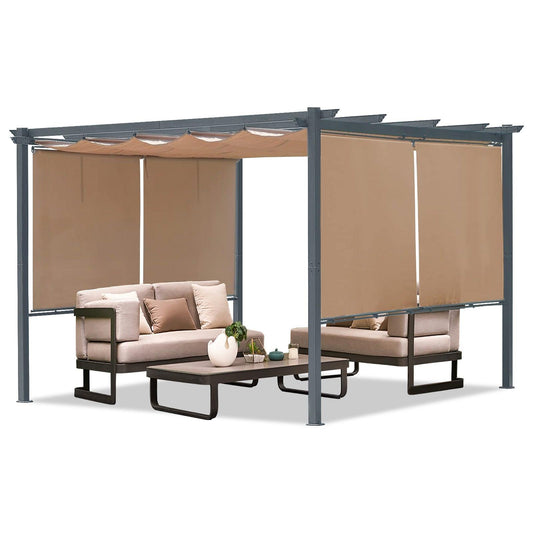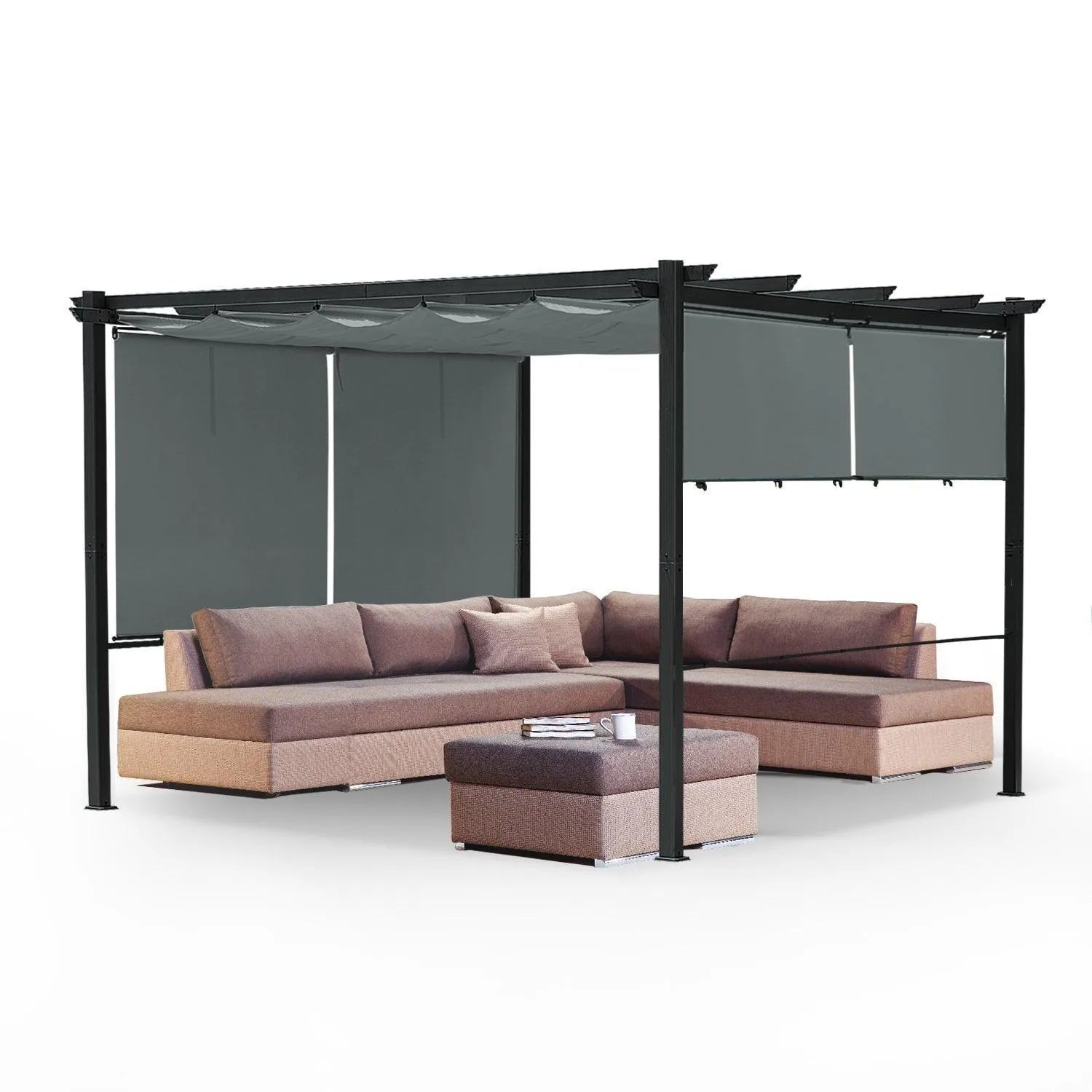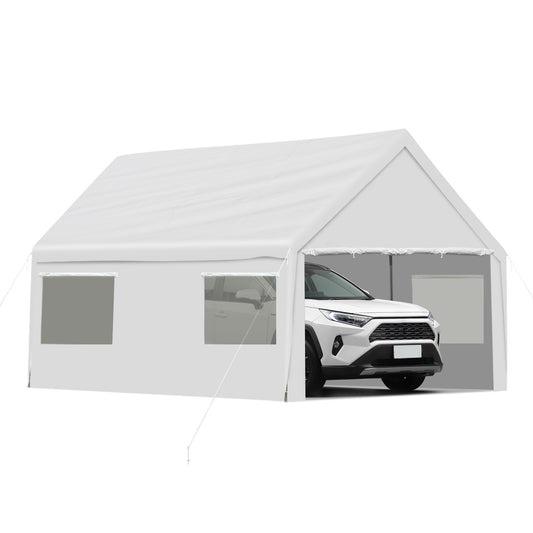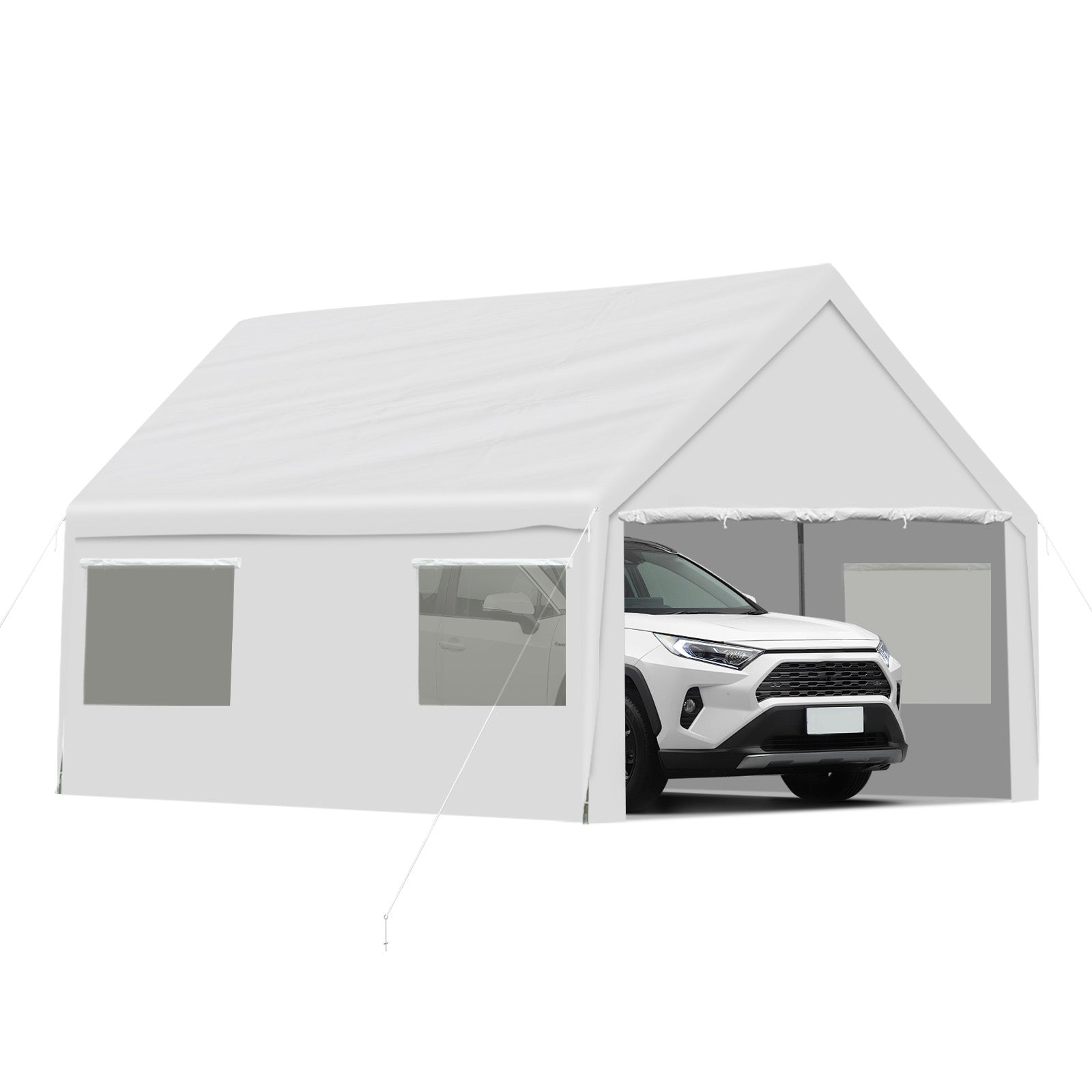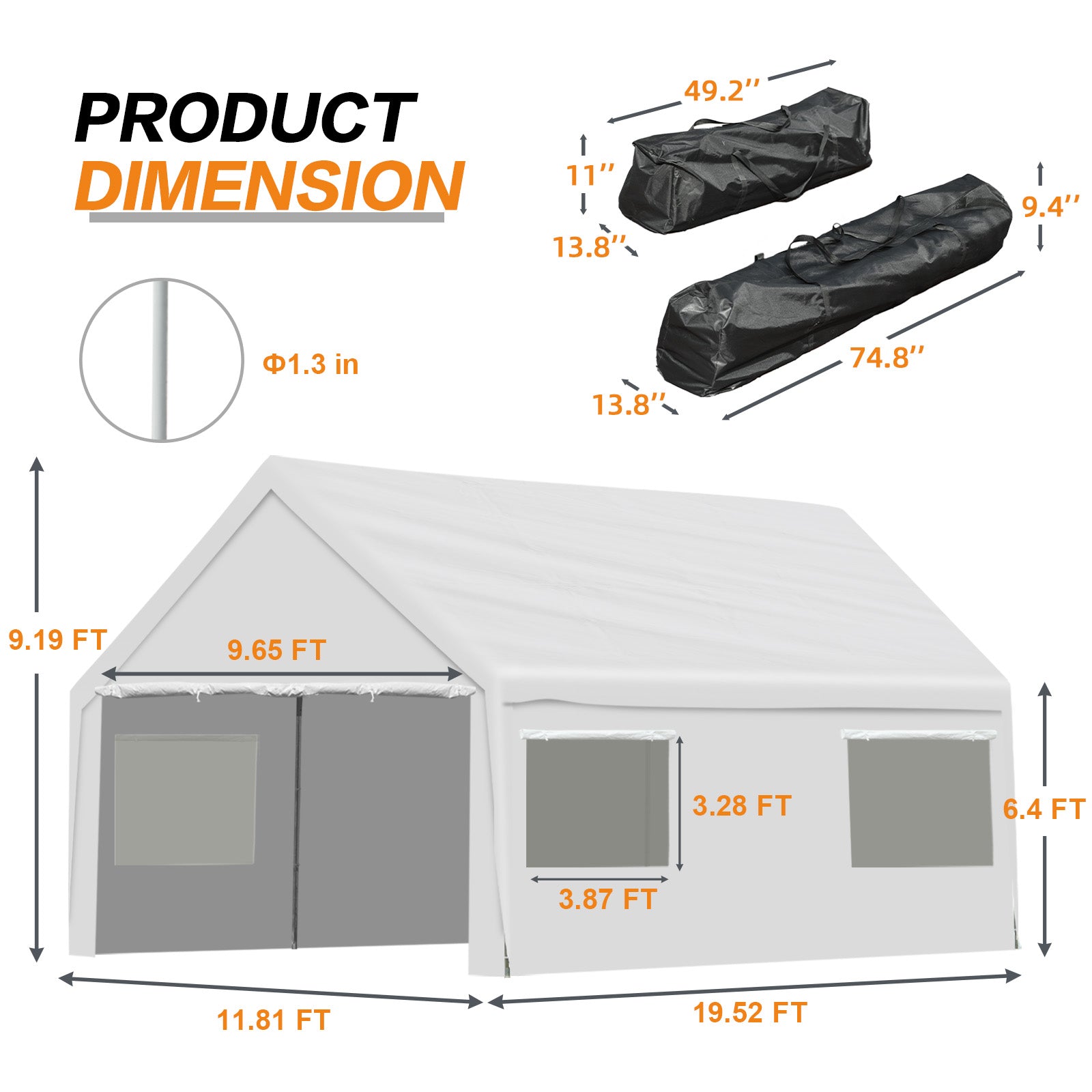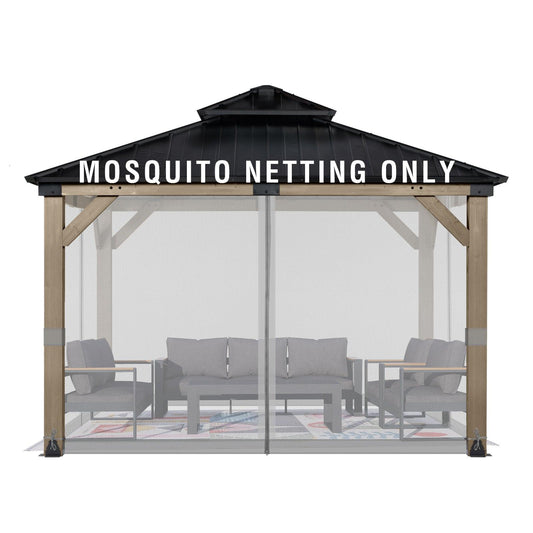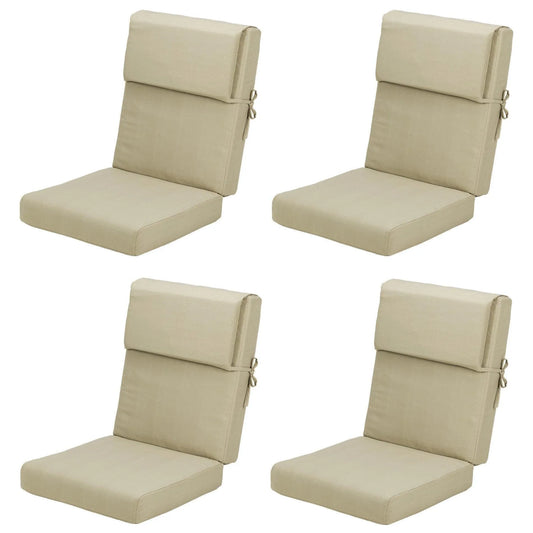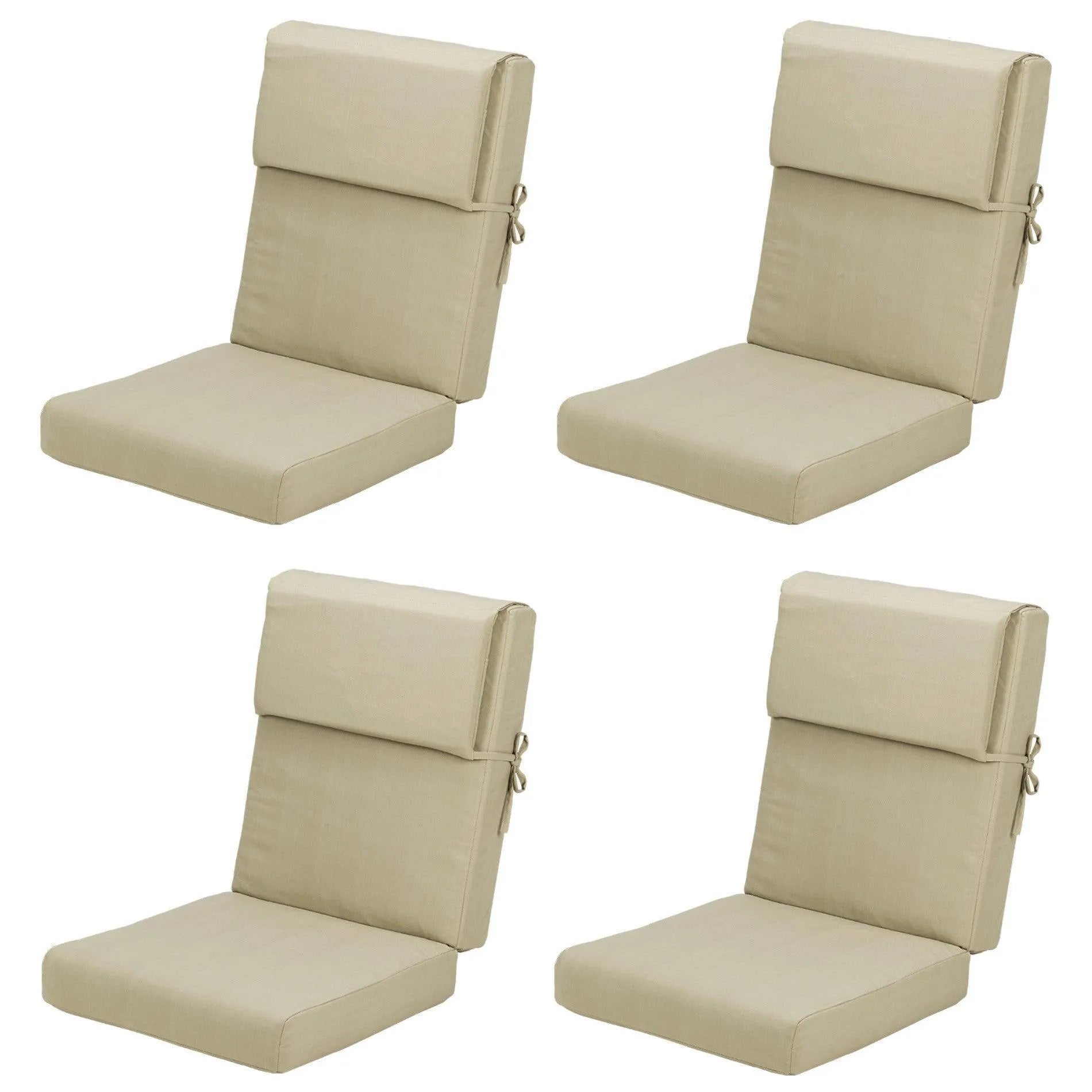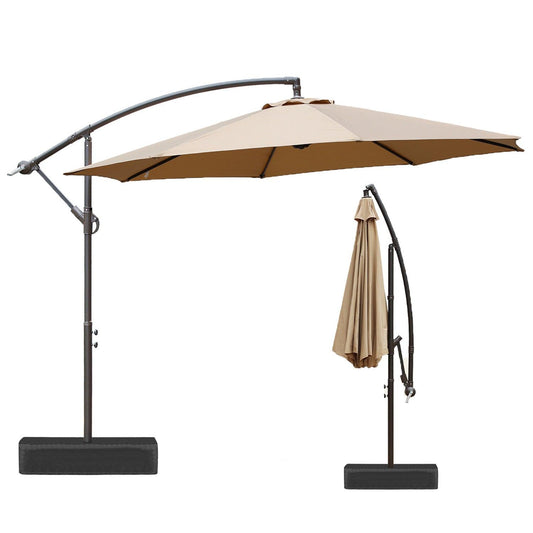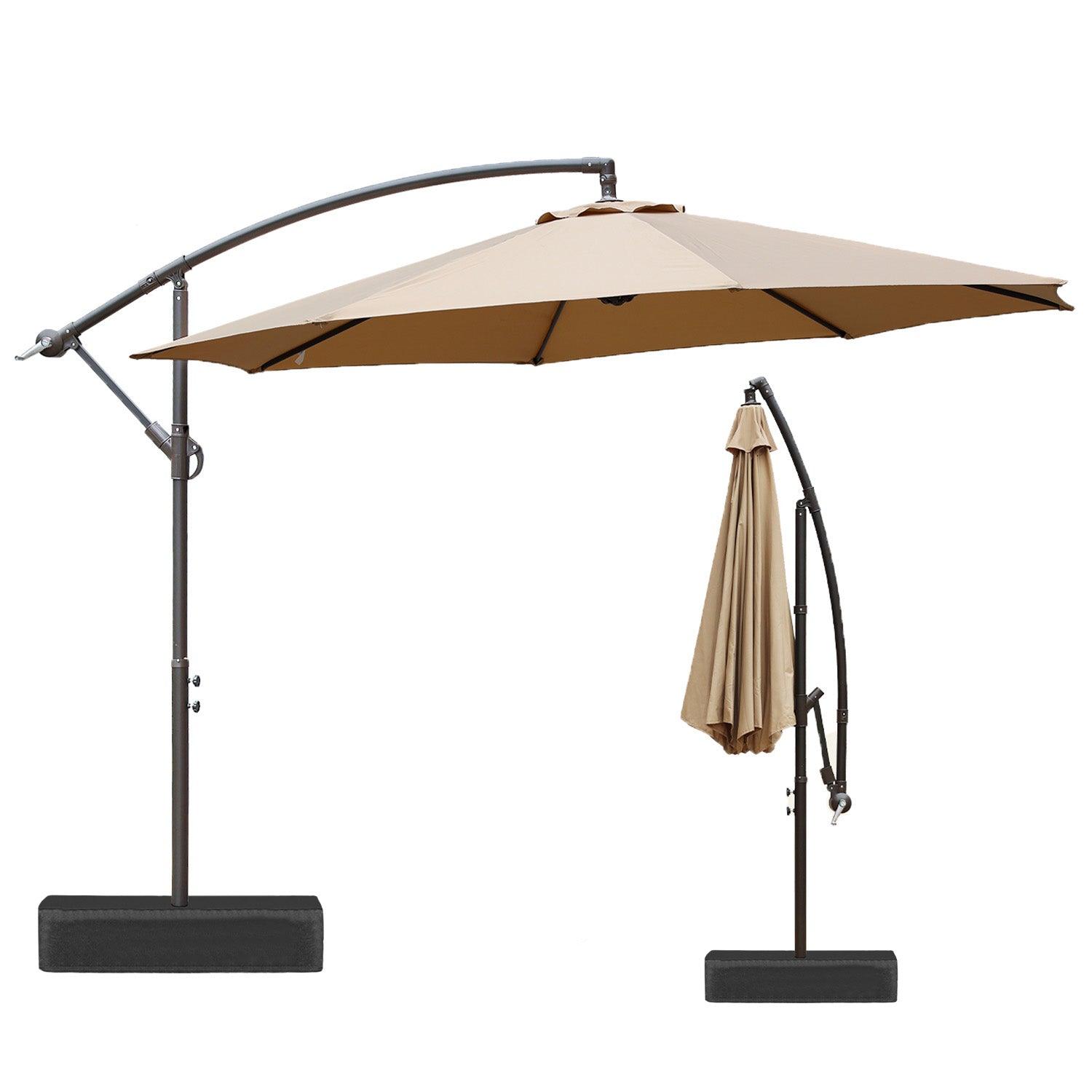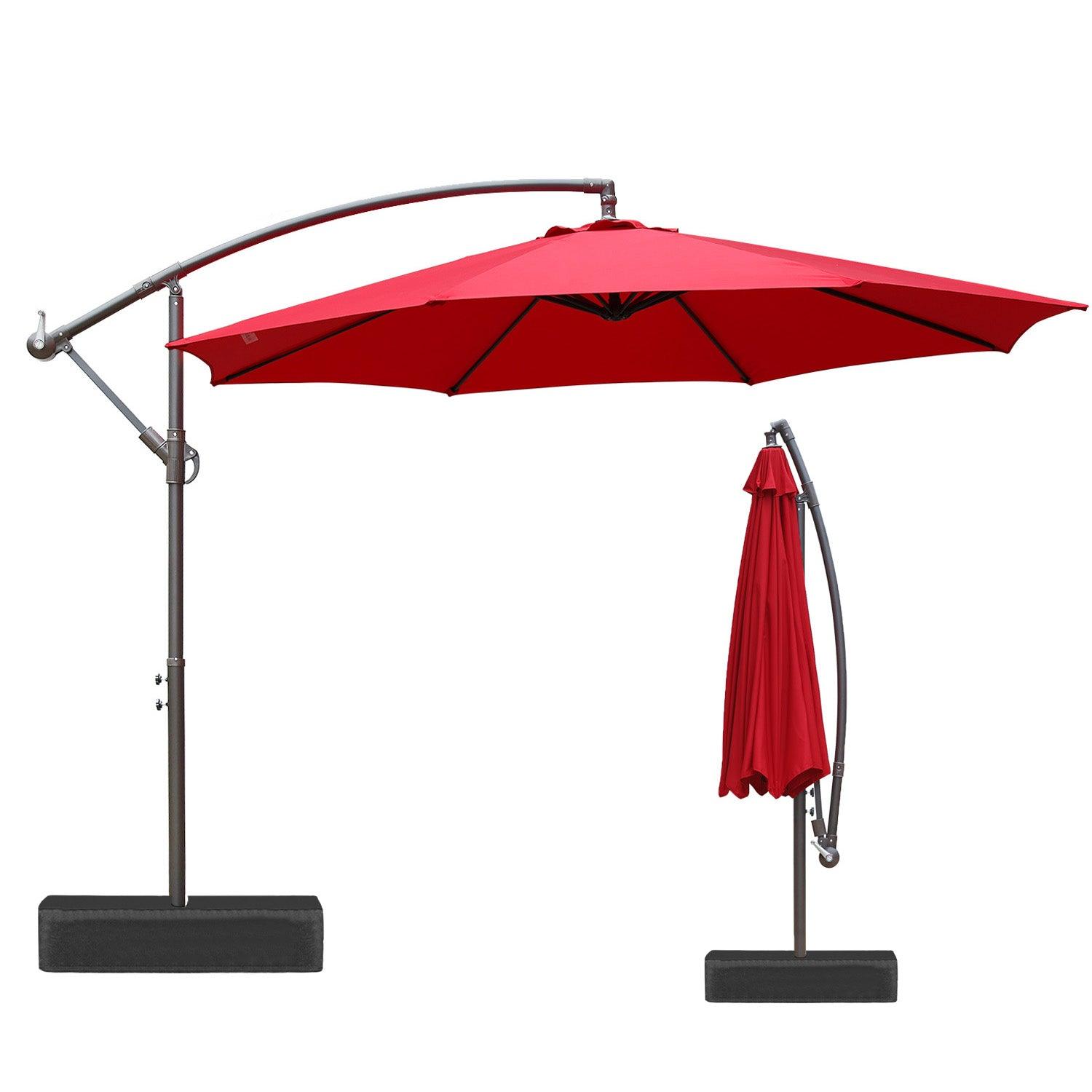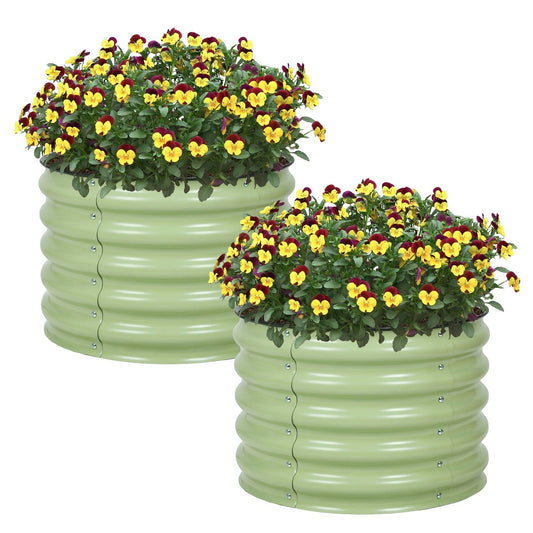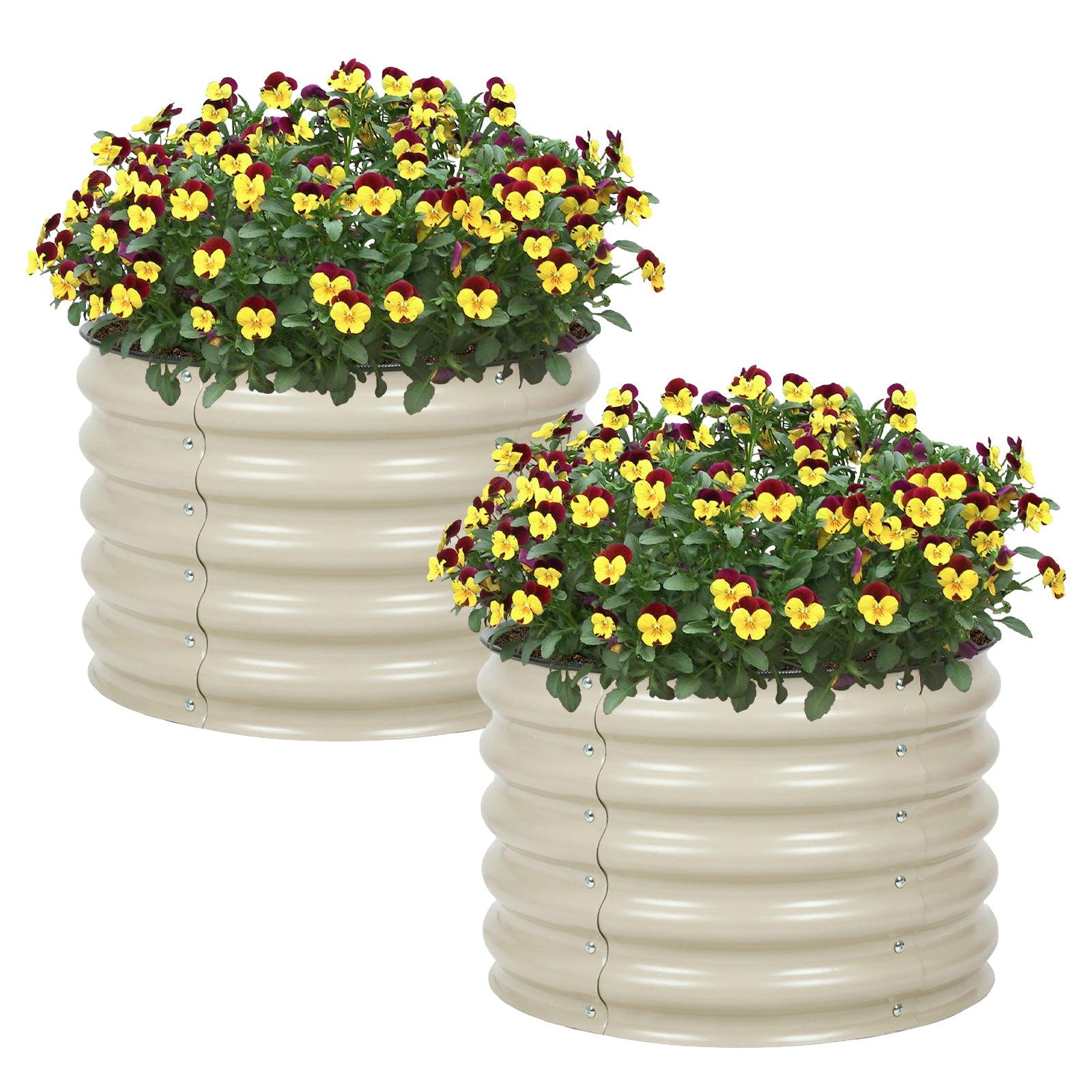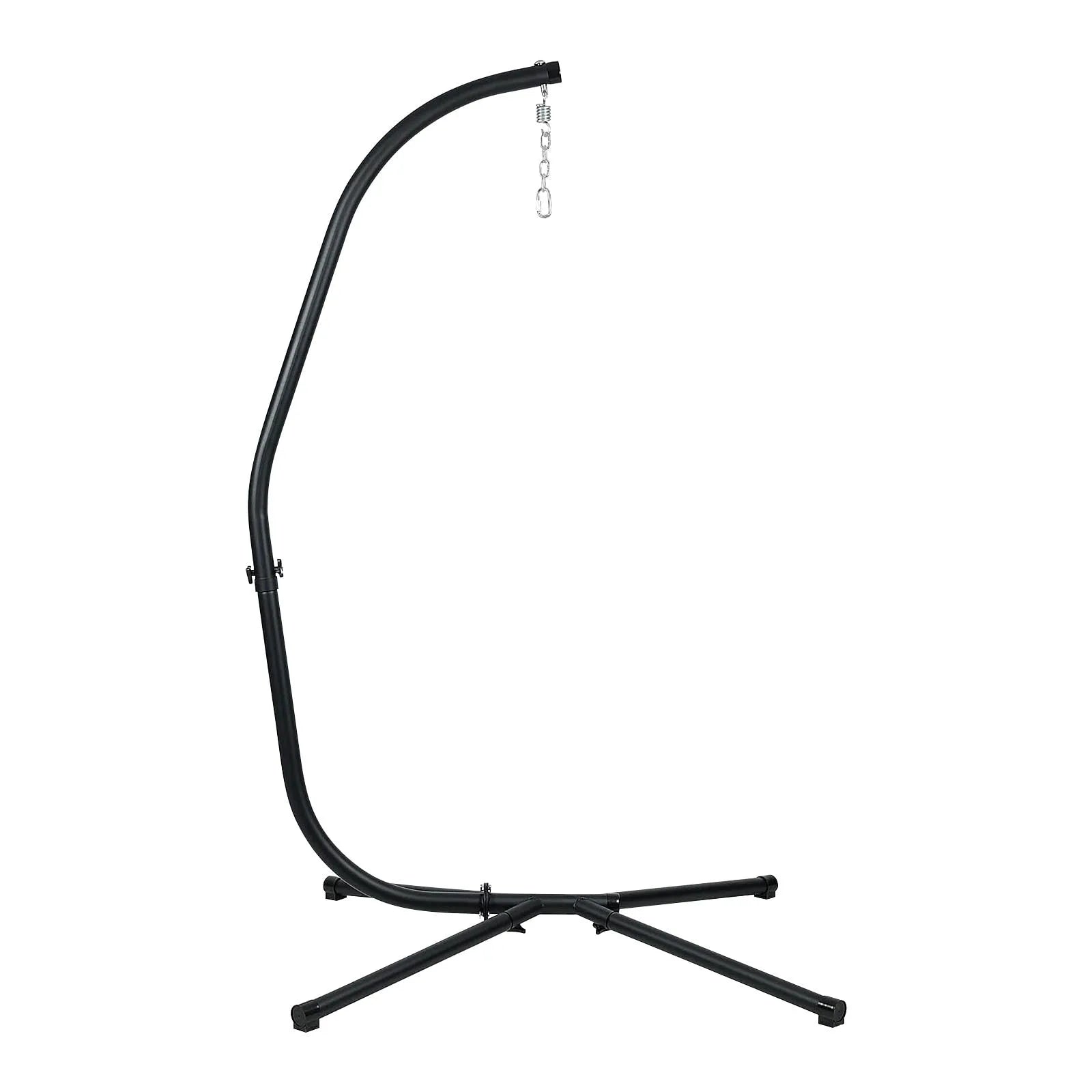Introduction
Have you ever wondered what the difference is between an ottoman and a footstool? At Aoodor, we know American families want practical and stylish furniture that fits their living space and lifestyle. Whether you're looking for a cozy chair ottoman set or debating footstool vs ottoman, this guide breaks down the similarities and distinctions in design, function, and size. Learn how to choose the right piece to complement your space and enhance your comfort.
1. Brief Comparison of Footstools and Ottomans
Both ottomans and footstools share several common characteristics that make them valuable additions to any living space:
- Comfort Focus: Both provide comfortable foot support and can enhance relaxation during extended sitting periods
- Upholstered Design: Typically upholstered or padded for comfort, featuring various fabric and leather options
- Versatile Placement: Used as accent furniture pieces in indoor or outdoor settings, complementing existing décor
-
Ergonomic Benefits: Help improve posture and reduce leg fatigue when properly positioned
However, key contrasts distinguish these furniture pieces in important ways:
|
Feature |
Ottoman |
Footstool |
|
Size |
Larger, more substantial |
Compact, lightweight |
|
Storage |
Often includes hidden compartments |
Rarely offers storage |
|
Mobility |
Less portable due to size/weight |
Highly portable and movable |
|
Multifunctionality |
Seating, storage, table surface |
Primarily foot support |
|
Price Range |
Generally higher investment |
More budget-friendly |
|
Style Impact |
Statement furniture piece |
Subtle accent piece |
2. Choosing the Right Piece for Your Home Needs
Selecting between ottoman vs footstool depends on several practical considerations that align with your lifestyle and space requirements.
Material and Upholstery Considerations
For families with outdoor living spaces, material choice becomes crucial. Weather-resistant fabrics, treated leather, or synthetic materials work best for chair ottomans used on patios or decks. Indoor pieces offer more flexibility with natural fabrics, genuine leather, or decorative textiles that match your interior design scheme.
Consider maintenance requirements when choosing upholstery. Families with children or pets benefit from stain-resistant fabrics or easy-to-clean materials. Microfiber, treated cotton, and synthetic leather provide durability while maintaining comfort and style.
Space and Mobility Factors
Small Rooms and Apartments: Footstools excel in compact spaces where flexibility matters. Their lightweight design allows easy repositioning for cleaning, rearranging, or storing when not needed. A small footstool can slide under chairs or into corners, maximizing floor space.
Large Living Areas: Ottomans work beautifully in spacious rooms where they can serve multiple functions without overwhelming the space. A large ottoman can anchor a seating area while providing extra surface space for books, trays, or décor items.
Multifunctional Ottoman Uses
Modern ottomans excel as versatile furniture solutions:
- Extra Seating: Accommodate unexpected guests during gatherings
- Storage Solutions: Hide blankets, toys, or seasonal items in lift-top designs
- Coffee Table Alternative: Provide surface space for drinks, books, or games
- Decorative Statement: Serve as focal points with bold colors or patterns
Chair Height Ottoman for Ergonomic Comfort
Proper height matching ensures optimal comfort and health benefits. Your chair height ottoman should position your feet flat with knees at approximately 90 degrees. This ergonomic positioning reduces pressure on your lower back and improves circulation during extended sitting.
Measure your chair seat height and subtract 1-2 inches to find the ideal ottoman height. Most standard ottomans range from 14-18 inches high, suitable for average-height seating furniture.
3. Styling Ottoman and Footstools in Home Décor
Strategic styling transforms these functional pieces into integral design elements that enhance your overall aesthetic.
Ottomans as Feature Furniture
Ottomans naturally command attention due to their substantial size and presence. Use this characteristic to your advantage:
Bold Statement Pieces: Choose ottomans in contrasting colors or rich textures to create visual interest. A deep navy velvet ottoman can anchor a neutral living room while adding sophistication.
Pattern Mixing: Incorporate patterned ottomans to introduce visual complexity. Geometric patterns, florals, or tribal designs can bridge different design elements in your room.
Texture Variation: Combine smooth leather ottomans with plush fabric furniture to create tactile interest. Woven, tufted, or embossed surfaces add depth to your design scheme.
Footstools as Subtle Accents
Footstools work best when they complement rather than compete with existing furniture:
Color Coordination: Match footstools to existing chair colors for seamless integration. This approach maintains visual harmony while adding functional value.
Complementary Tones: Choose footstools in analogous colors that appear near your primary furniture colors on the color wheel. This creates subtle variation without jarring contrasts.
Material Consistency: Use similar materials across your furniture pieces. Leather footstools complement leather chairs, while fabric options should coordinate with upholstered seating.
Coordination Tips
|
Approach |
Ottoman Strategy |
Footstool Strategy |
|
Matching |
Exact fabric/color match with chairs |
Perfect color coordination |
|
Complementary |
Similar tones, different textures |
Analogous color palette |
|
Contrasting |
Bold colors or patterns |
Subtle texture variations |
|
Mixed Materials |
Combine leather with fabric |
Maintain material consistency |
Fabric, Color, and Shape Harmony
Round vs. Square: Round ottomans soften angular furniture arrangements, while square options complement geometric design schemes. Consider your room's existing shapes when choosing.
Color Psychology: Warm colors (reds, oranges, yellows) create cozy, energetic atmospheres. Cool colors (blues, greens, purples) promote calm, relaxing environments.
Scale Proportions: Ensure your chosen piece maintains proper scale relationships with surrounding furniture. Oversized ottomans can overwhelm small chairs, while tiny footstools may look insignificant beside large sectionals.
FAQs
1. Do ottomans have to match the chair?
No, ottomans don't need to match chairs exactly. Many designers recommend complementary rather than identical pieces to create visual interest. Consider coordinating colors, textures, or materials while allowing some variation. For outdoor furniture like our Folding Adirondack Chair, choose ottomans that complement the wood tones or color scheme without requiring perfect matches.
2. What is the difference between a hassock and an ottoman?
Hassocks are traditional footstools, typically smaller and simpler than ottomans. The terms are sometimes used interchangeably, but hassocks usually refer to basic upholstered footrests without storage or additional functions. Ottomans encompass a broader range of multifunctional pieces, including storage ottomans, seating ottomans, and coffee table ottomans.
3. What is a chair ottoman set?
A chair ottoman set includes a coordinated chair and ottoman designed to work together aesthetically and functionally. These sets ensure proper height relationships and matching materials. Our chair ottoman collections offer perfectly paired pieces that enhance comfort while maintaining design consistency.
4. Can footstools be used as extra seating?
Yes, sturdy footstools can accommodate light seating needs for short periods. However, they're not designed primarily for seating comfort like ottomans. Consider weight capacity and stability before using footstools as seats, especially for children or extended sitting periods.
5. How to recover an ottoman?
Ottoman recovery involves removing old fabric, updating padding if needed, and applying new upholstery. This DIY project requires basic tools, measuring skills, and sewing abilities. Professional reupholstery services ensure the best results for valuable pieces or complex designs.




